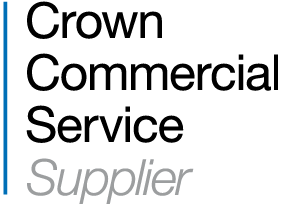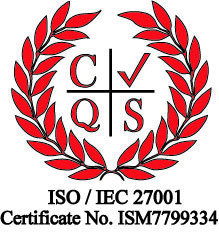
Bridging the gap between high-level business goals and actionable digital strategies remains a key challenge for digital transformation.
Failing to do so, results in misaligned initiatives, fragmented technology investments, unclear execution pathways and inability to deliver tangible business value.
Solution
MBEA provides structured tools for translating business goals into actionable strategies, including:
-
Identifying required capabilities, based on business drivers and goals, and mapping them to the people, processes and technology needed for delivery.
-
Impact analysis to assess dependencies, evaluate the risks of change and mitigate disruption./p>
-
Enterprise-wide roadmaps to synchronise Agile delivery teams toward common transformation objectives, reducing project fragmentation and improving ROI.
Whether dealing with cloud migration, AI adoption or process automation, these tools help CIOs build clear, actionable roadmaps that optimise investment, reduce risk and deliver sustainable value to the enterprise.
Why it matters
- 📈 Drive revenue growth through innovation, agility and improved customer experience—this might involve leveraging MBEA to accelerate product delivery, ensuring market needs are met faster.
- 🔄 Increase operational effectiveness and cost efficiency by reducing duplication, streamlining processes and improving decision-making based on enterprise-wide visibility—this could mean using MBEA to rationalise an organisation's application portfolio and consolidate IT investments based on business needs.
- 🏆 Increase ROI on digital initiatives through optimised investment planning and risk mitigation, helping organisations prioritise transformation efforts that deliver the greatest strategic impact.
Aligning an organisation’s digital strategy with its business objectives is fundamental to achieving 𝗷𝗼𝗶𝗻𝗲𝗱-𝘂𝗽, 𝗯𝘂𝘀𝗶𝗻𝗲𝘀𝘀-𝗱𝗿𝗶𝘃𝗲𝗻 𝗱𝗶𝗴𝗶𝘁𝗮𝗹 𝘁𝗿𝗮𝗻𝘀𝗳𝗼𝗿𝗺𝗮𝘁𝗶𝗼𝗻.
Back







